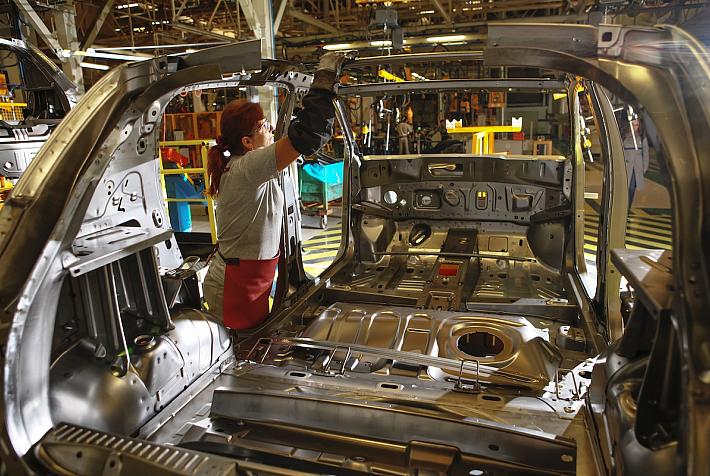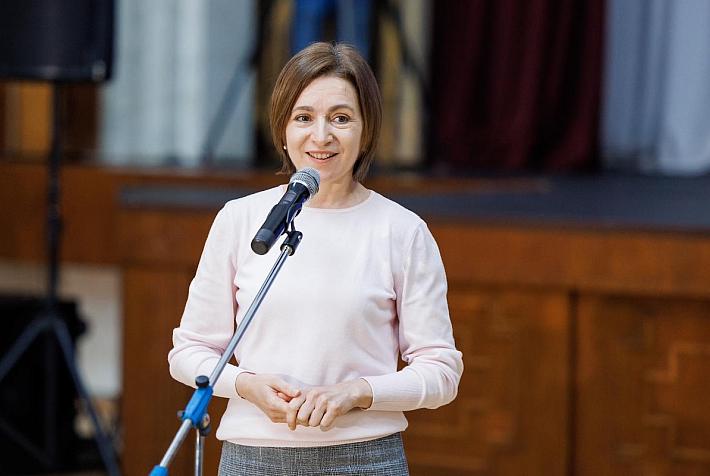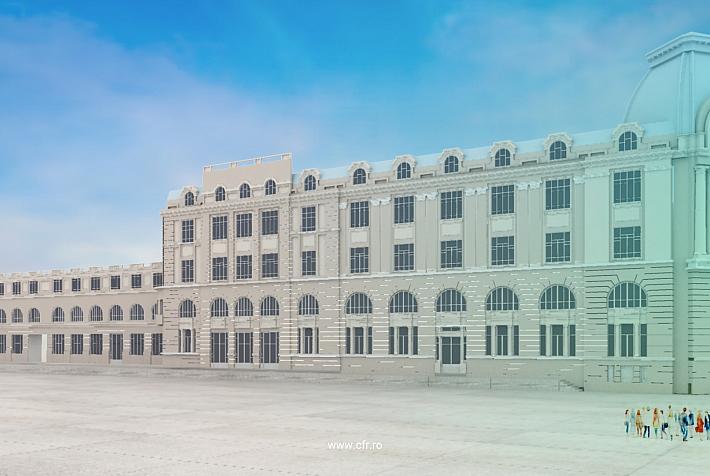Study: Bucharest climate could resemble that of Central Asia cities by 2050

The climate of Bucharest could feel like that in the Central Asia cities of Almaty, in Kazakhstan or Bishkek, in Kyrgyzstan, by 2050, according to a study undertaken at the Crowther Lab at the Swiss Federal Institute of Technology ETH Zurich.
In the study, titled "Understanding climate change from a global analysis of city analogues", the scientists tested the extent to which the cities around the world are likely to shift in response to climate change.
It found that, even under an optimistic climate scenario, 77% of future cities are very likely to experience a climate that is closer to that of another existing city than to its own current climate. Furthermore, 22% of cities will experience climate conditions that are not currently experienced by any existing major cities. Cities that fall in the latter category include Kuala Lumpur, Jakarta, and Singapore.
BREAKING: A fifth of cities worldwide 🌏 will face dramatic and unprecedented urban climate conditions by 2050. @CrowtherLab's new global data map visualizes #ClimateChange impact on cities 🗼🗽 🌉 to drive urgent action → https://t.co/IZ5HGUh0qn #2050Cities pic.twitter.com/dXaTXsocKp
— Crowther Lab (@CrowtherLab) July 10, 2019
The study found as a general trend that all the cities tend to shift towards the sub-tropics, with cities from the Northern hemisphere shifting to warmer conditions, and cities from the tropics shifting to drier conditions.
As such, it predicts that in 2050 Madrid’s climate will resemble Marrakech’s climate today, Stockholm will resemble Budapest, London to Barcelona, Moscow to Sofia, Seattle to San Francisco, and Tokyo to Changsha.
The Romanian capital could see an increase in the annual temperature of 2.9 degrees Celsius, an increase in the temperature of the warmest month of 6.9 degrees Celsius, and an increase in the temperature of the coldest month of 4.4 degrees Celsius.
Across Europe, both summers and winters are expected to get warmer, with an average increase of 3.5 degrees Celsius and 4.7 degrees Celsius respectively.
(Photo: Pixabay)












